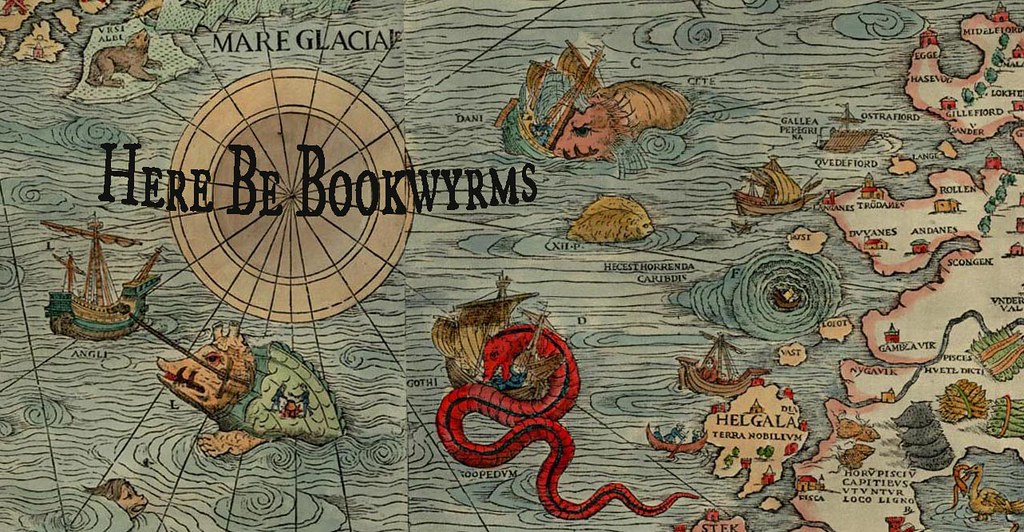The widely popular Stephanie Plum series by Janet Evanovich begins with One for the Money; Stephanie is a Jersey Girl who has been laid off from her job as a lingerie buyer for what I suppose is a department store. She's had to hock all her furniture and most of her household appliances just to make rent and attempt to keep her phone active, and her car has just been repossessed. She hears that her cousin Vinnie, a bail bondsman, is looking for a file clerk, and even though he is completely skeevy (he has apparently done some very...intimate...things to a duck), Stephanie is desperate.
Turns out Vinnie is no longer hiring, but his receptionist lets Stephanie know that they're down a recovery agent, and if she's really in need of the cash, she could take up the guy's cases while he's out. One of those cases is Joe Morelli, the neighborhood heartbreaker. He introduced Stephanie to below-the-belt kinds of games when they were young children, and in high school he sealed the deal and never called her again (what a catch, right?). After that, she ran him down with her dad's car. Now he's a cop who's been charged with murder and he's skipped bail. This puts the tempting price of $10,000 on his head, and Stephanie immediately agrees to take the job.
So when her first attempt to bring Morelli in fails miserably - did she really think she could go in, completely unprepared, and he'd go down to the station with her, just like that? - Vinnie's receptionist gets Stephanie in touch with Ranger, some hotshot bounty hunter, to show her the ropes. It's a good thing, too, because she ends up needing his help several, several times.
Stephanie runs into Morelli many times, and even steals his car since it's nicer than her Nova, but she never actually gets any closer to bringing him in. She does, apparently, continue to find him irresistible, and who can blame her, what with his charming track record?!? He does save her from a criminally insane prize boxer, Benito Ramirez, when the guy tries to proposition her and beat her in view of several other men (who neither say nor do anything to stop it), after she tries to question him about a woman associated with Morelli's case. Things get worse for Stephanie (and pretty much for everyone she talks to, as well) as she starts to close in on something big, and it doesn't help that she is now being stalked and terrorized by Ramirez, who has taken it very badly that she refused his advances.
This is all very overwhelming for someone with zero real training or experience, and whose street smarts extend only as far as removing the distributor cap from a vehicle to prevent auto theft (though I'm not sure that counts, since that trick is apparently common knowledge in her neighborhood). Will Stephanie Plum be able to put together all the pieces and bring in Morelli to collect on the ultimate payday? Or will she die trying?





